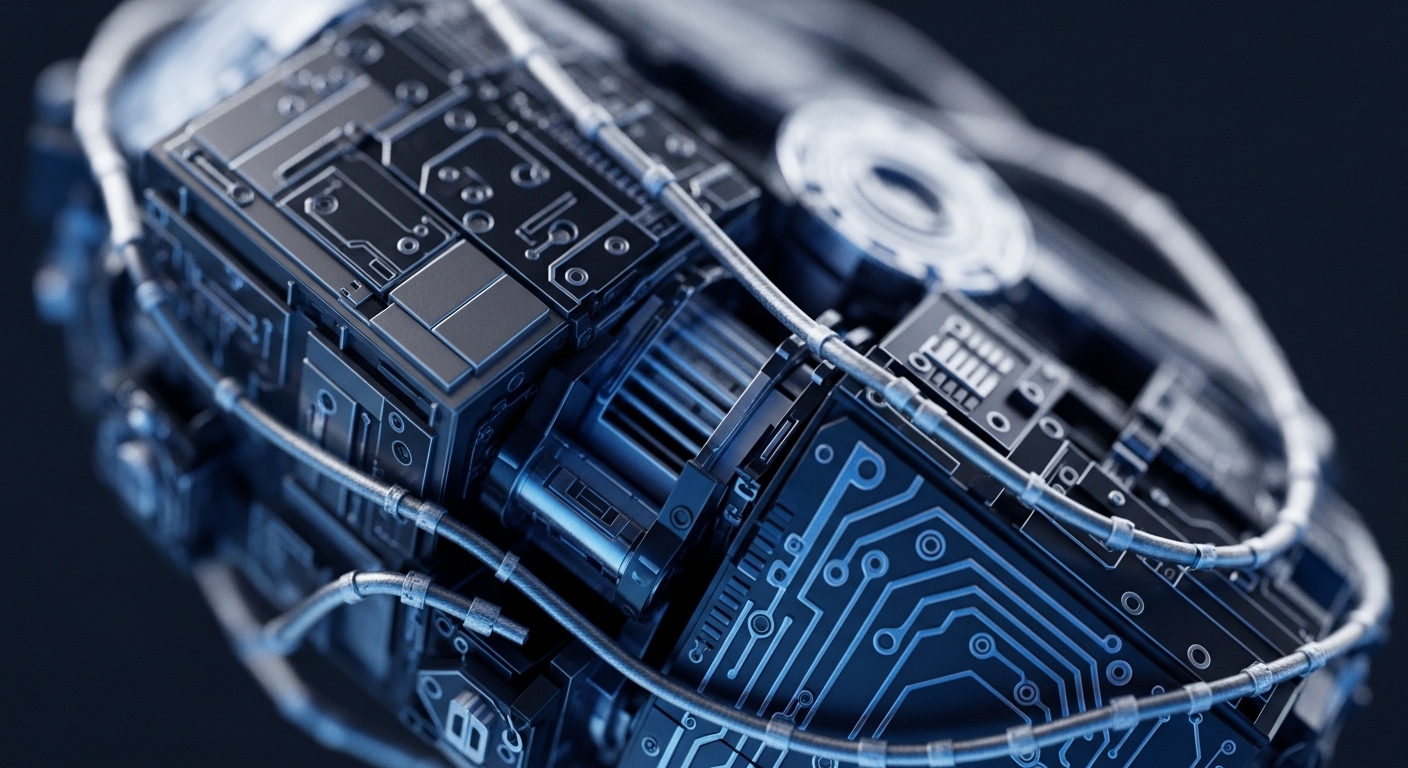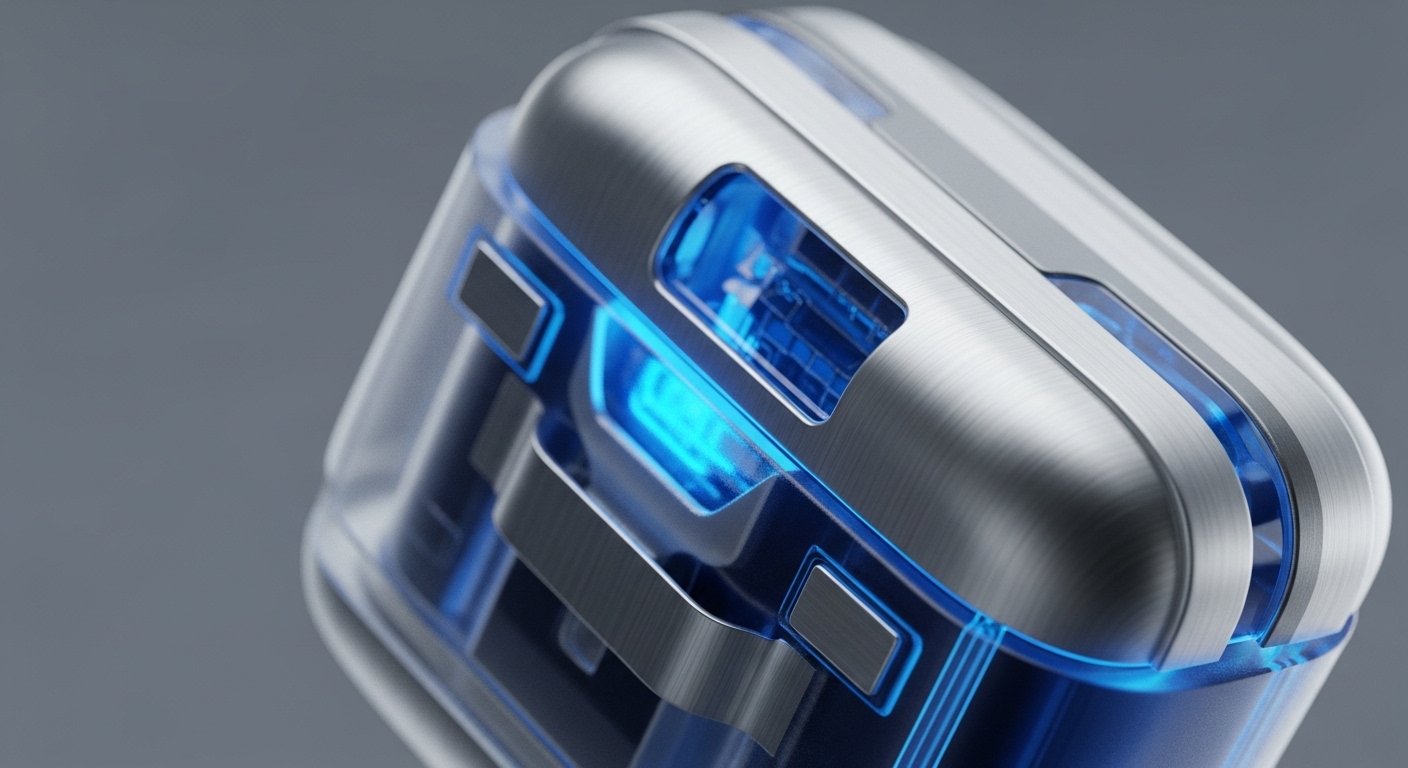
Briefing
The emergent necessity for alternative zero-knowledge proof (ZKP) verification layers off-chain represents a critical architectural evolution. This modular shift decouples ZKP processing from Ethereum’s mainnet, significantly enhancing cryptographic throughput and reducing verification costs. This enables the network to support a projected 90 billion ZK proofs annually by 2030, a critical increase from current L1 limitations.

Context
Ethereum’s Layer 1 currently faces severe limitations in processing the escalating volume of zero-knowledge proofs due to high gas costs and constrained block space. This architectural state renders on-chain verification impractical for the anticipated demand. The prevailing engineering challenge centers on maintaining trustless verification while scaling cryptographic operations efficiently.

Analysis
This development alters Ethereum’s transaction processing and state management by offloading intensive ZKP verification. Dedicated verification chains, secured by proof-of-stake, process and aggregate proofs, then submit concise attestations back to the mainnet. This chain of cause and effect provides developers with drastically reduced verification costs and latency, enabling new categories of high-throughput, privacy-preserving applications and enhancing overall network efficiency.

Parameters
- EIP Number → EIP-4844 (Dencun Upgrade)
- Projected ZKP Volume → 90 Billion Proofs/Year (by 2030)
- Ethereum L1 Proof Capacity → ~150 Million Proofs/Year
- Current L1 Groth16 Proof Cost → ~$10
- Alternative Verification Cost Reduction → 90%

Outlook
The next phase of the roadmap involves the widespread adoption and integration of these dedicated ZKP verification layers into the broader Ethereum ecosystem. This technology enables new categories of dApps, such as client-side proving for private identity and microtransactions, and AI-driven DeFi protocols. The second-order effects include a more resilient, scalable, and cost-effective foundation for web3 innovation.

Verdict
Alternative ZK proof verification layers are an indispensable architectural evolution, securing Ethereum’s future as a scalable and modular global settlement layer.
Signal Acquired from → crypto.news
